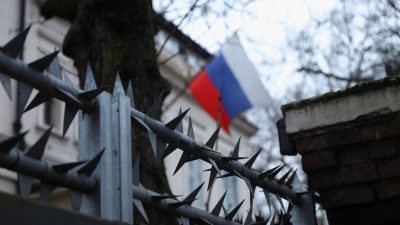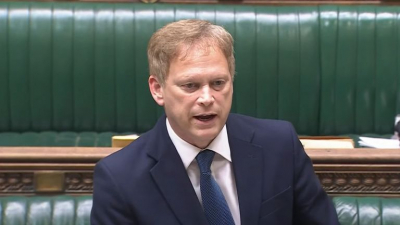Milan has once again relented on its bid to prohibit ice cream consumption on its streets after midnight, following a wave of criticism. The city council has executed a U-turn on its proposed measures aimed at curbing late-night snacking in response to widespread public backlash. Initially framed as a means to preserve the "serenity" of residents, the proposed ban faced staunch opposition, with many viewing late-night gelato indulgence as an integral aspect of Italian cultural heritage.
Earlier this month, Milan's local government put forth a legislative proposal seeking to outlaw the sale of ice cream and pizzas outdoors during late hours, slated to commence from May 17th. However, in light of mounting opposition, Security Councillor Marco Granelli announced the council's retreat from the controversial plan. Granelli clarified that the revised law would primarily target beverages, particularly alcoholic drinks, exempting ice cream and other takeaway foods from the prohibition. "We can confirm that ice cream is no longer under consideration for prohibition," he affirmed, signaling a shift in policy direction.
The council intends to solicit feedback on the matter until May 10th, exploring alternative approaches to address concerns. The initially proposed ban would have encompassed 12 districts, taking effect from 12:30 am on weekdays and 1:30 am on weekends and public holidays, specifically targeting outdoor dining areas. Granelli reiterated the council's aim to strike a delicate balance between fostering social interaction and upholding the peace and tranquility of local residents.
The decision to rescind the ban has received commendation from Lino Enrico Stoppani, President of the Italian Federation of Businesses, who deemed the anti-ice cream law "absurd" and detrimental to the city's tourism prospects. Stoppani criticized the local government's inclination towards tax hikes and urged a focus on combatting illicit activities and reinforcing law enforcement instead.
This retreat marks not the first instance of Milan attempting to regulate ice cream consumption, highlighting the ongoing tension between municipal regulations and cultural practices.
In a striking parallel, reminiscent of the past, Milan finds itself grappling with the contentious issue of late-night ice cream consumption once more. Reflecting on history, back in 2013, the then mayor, Giuliano Pisapia, embarked on a similar endeavor to regulate street-side gelato consumption. However, Pisapia encountered vehement opposition, epitomized by a purported 'occupy gelato' movement, compelling him to retract his proposed measures. Following the uproar, Pisapia conceded, expressing a sentiment that resonates with the present situation: "People are free to enjoy ice cream at any hour, in any place they desire." This historical precedent underscores the enduring cultural significance and public sentiment surrounding the cherished Italian tradition of indulging in gelato.
As Milan navigates the delicate balance between municipal governance and cherished cultural practices, the saga of the ice cream ban serves as a poignant reminder of the enduring power of public opinion. While policymakers may seek to impose regulations in the name of tranquility and order, the fervent attachment to age-old customs often proves formidable. As the city charts its course forward, it must heed the lessons of the past, recognizing that the essence of Milan's identity lies not only in its architectural marvels but also in the vibrant tapestry of its culinary heritage. Ultimately, in the realm of gelato, as in all matters of cultural significance, the voice of the people remains paramount.







